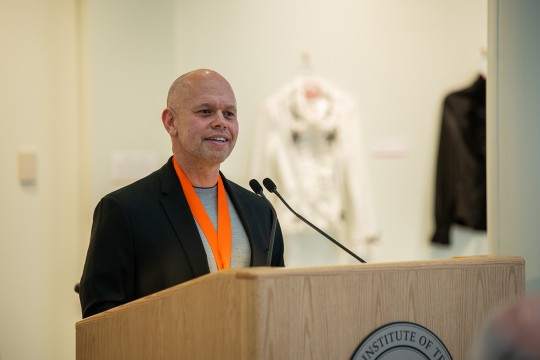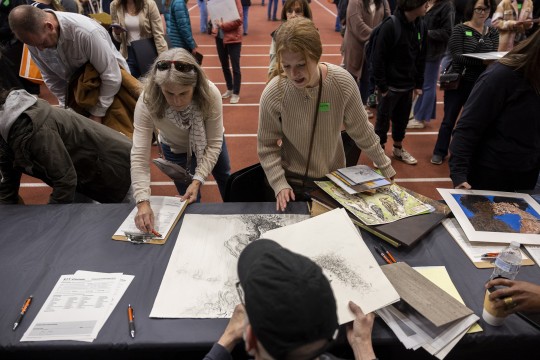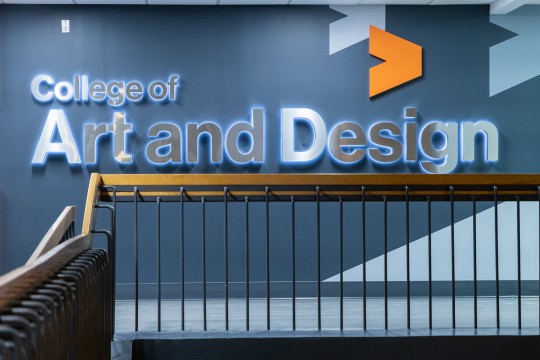Art History Minor
- RIT /
- Rochester Institute of Technology /
- Academics /
- Art History Minor
Curriculum for 2025-2026 for Art History Minor
Current Students: See Curriculum Requirements
Related News
-
September 24, 2025

New School of Film and Animation director, faculty roles for 2025-26
Ricky Figueora taking over as the new director of RIT's School of Film and Animation headlines exciting promotions and additions to the College of Art and Design faculty.
-
November 6, 2023

Prospective students explore RIT art and design programs at National Portfolio Day event
The College of Art and Design welcomed 226 young artists to campus for its National Portfolio Day event, where prospective students met one-on-one with faculty about their artwork and different programs.
-
August 30, 2023

New School of Design director, faculty hires ready for 2023-24 academic year
The College of Art and Design welcomes new hires to its faculty roster while longtime faculty Alex Lobos assumes a role as director of the School of Design.
Contact
- Nate Rohman
- Academic Advisor
- Dean’s Office
- College of Art and Design
- 585‑475‑5760
- nmrpgd@rit.edu
School of Art











